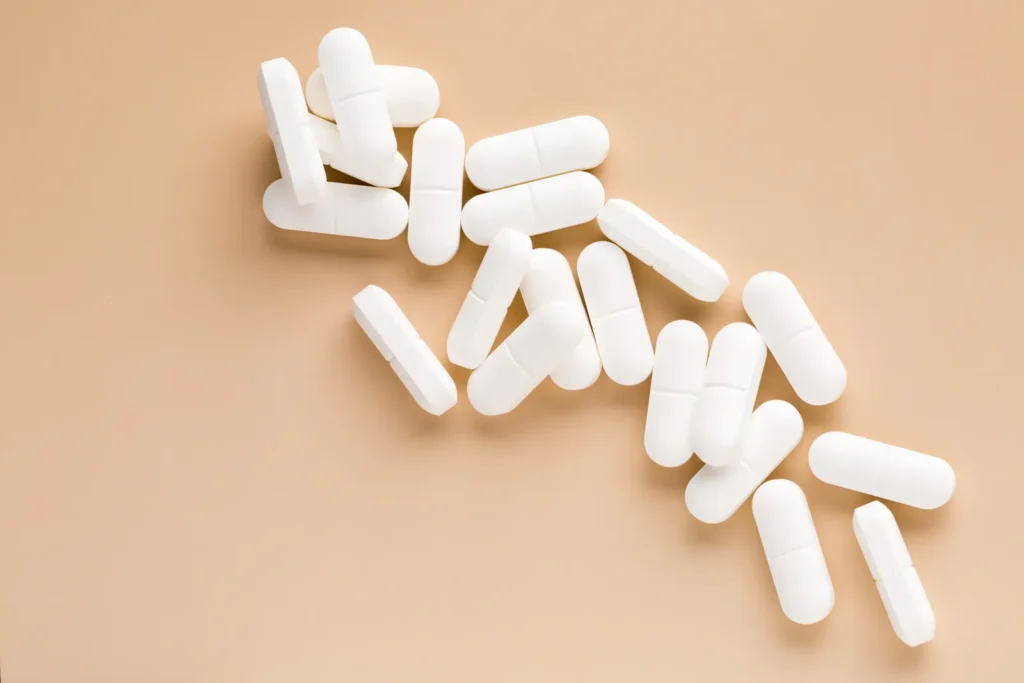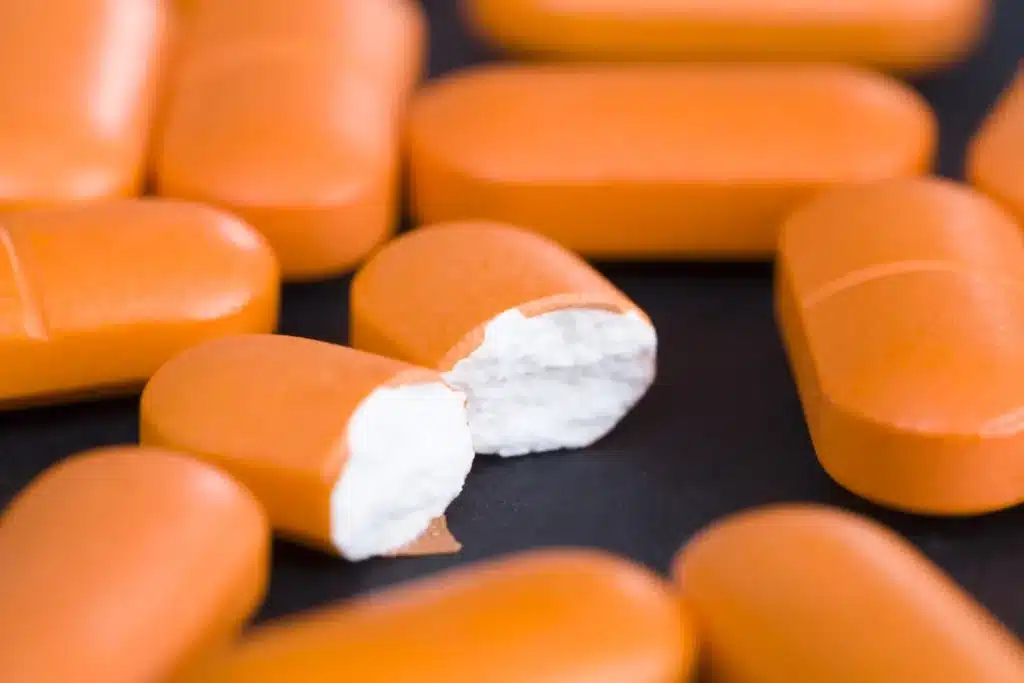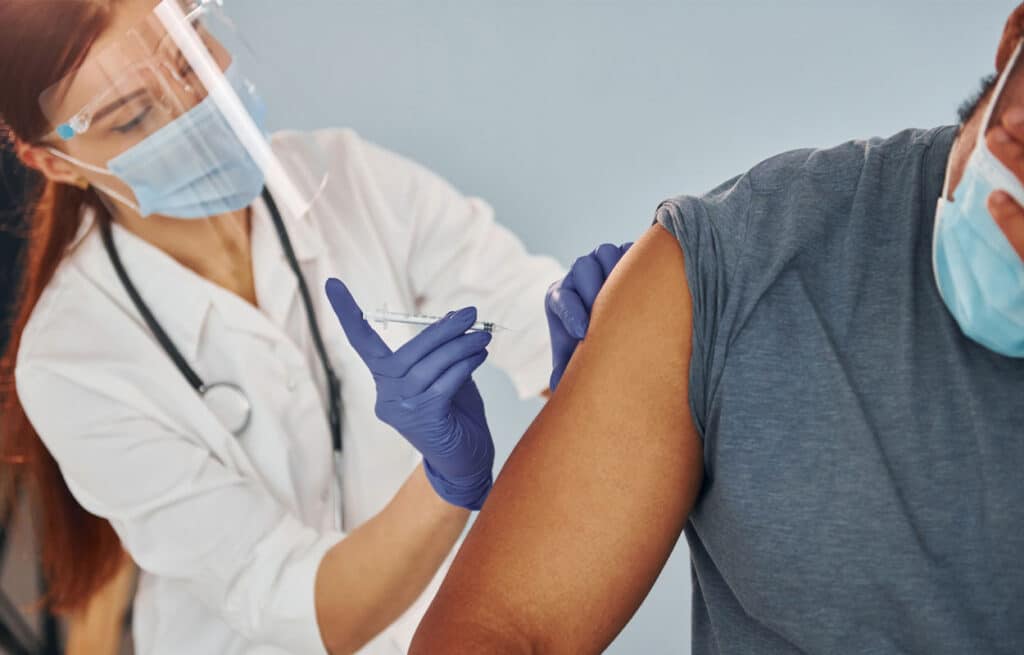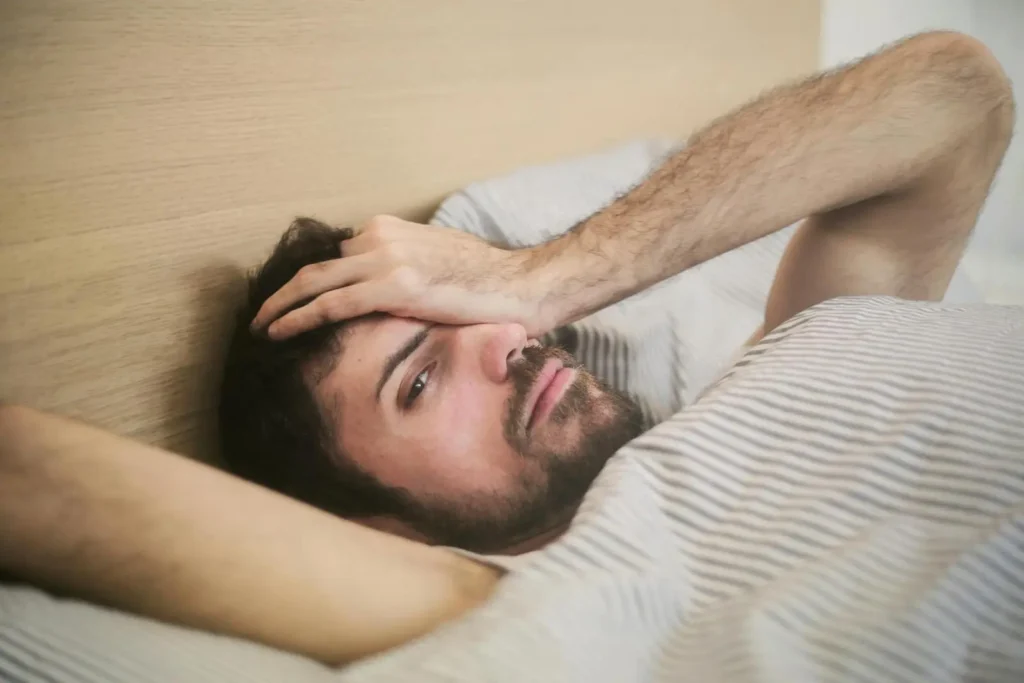Is Sublocade the Same as Buprenorphine?
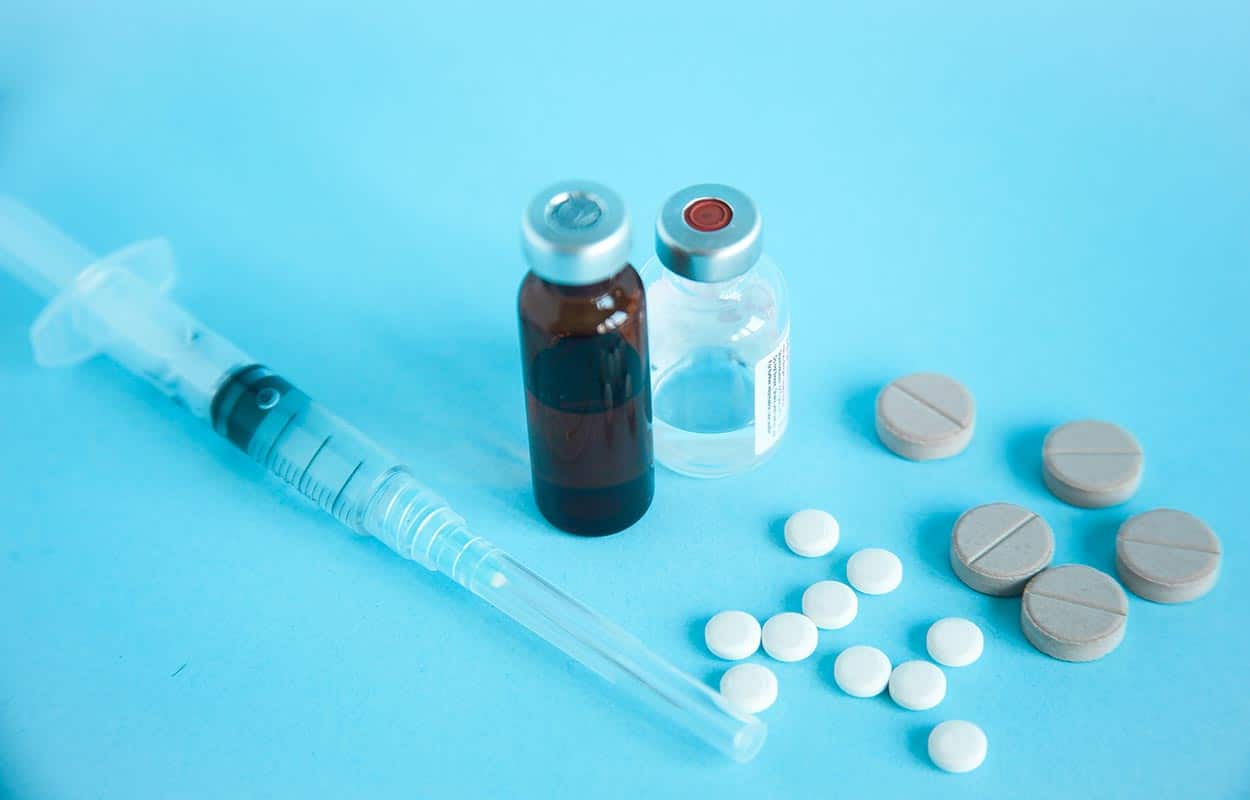
Key Points
- Sublocade is the brand name for an extended-release version of buprenorphine.
- Sublocade is used to treat opioid use disorder. It acts similarly to opioids, but without the high that often supports addiction.
- Sublocade is administered by a healthcare professional via an injection, while there are various methods of taking buprenorphine.
- Sublocade should be avoided if you’re pregnant, breastfeeding, have certain medical conditions, or are taking specific medications.
- Anyone can become addicted to opioids, whether using them for pain relief or recreationally.
- Opioid use disorder is a dangerous, sometimes fatal disorder that carries the risk of overdose.
- Seek substance use and rehabilitation counseling if you or a loved one is abusing opioids or has opioid use disorder. OUD is treatable.
Yes and no. Sublocade is a brand name for the long-acting version of buprenorphine, a generic drug used to treat opioid use disorder. The difference is not just a matter of brand vs. generic. Sublocade is the specific brand for the extended-release form of buprenorphine. It is only available via a prescription and is FDA-approved to treat opioid use disorder. Most other forms of buprenorphine are used either for opioid use disorder or pain relief, depending on the formulation.
Sublocade: One of Many Forms of Buprenorphine
Perhaps the best way to distinguish Sublocade from buprenorphine is to understand that Sublocade is a form of buprenorphine that is administered via a long-acting injection. There are other forms of buprenorphine, such as Brixadi, Butrans, Belbuca, and Buprenex.[1] Brixadi is also indicated for opioid use disorder, while Butrans, Belbuca, and Buprenex are typically prescribed for acute or chronic pain.
Buprenorphine is also an ingredient in some other drugs. Suboxone, for instance, contains both buprenorphine and naloxone, a medication used to reverse opioid overdose. Suboxone is another option for opioid addiction treatment, and may be used when the risk of opioid overdose is a concern. [2]
How Is Sublocade Used?
Before beginning Sublocade treatment, a person must first be administered a small dose of oral buprenorphine. They may then receive an initial injection of 300 mg, followed by another injection of the same dose the following month. After the second injection, the patient will receive monthly injections of 100 mg of Sublocade for the duration of treatment.
Sublocade is typically used alongside substance abuse counseling in a rehabilitation setting. When administering Sublocade, a healthcare professional will inject a liquid dose of the medication just under the skin (i.e., subcutaneous). Once injected, the medication turns into a solid, called a depot. The depot can be felt under the skin at the Sublocade injection site. The depot will decrease in size throughout treatment and should not be massaged or removed. [3]
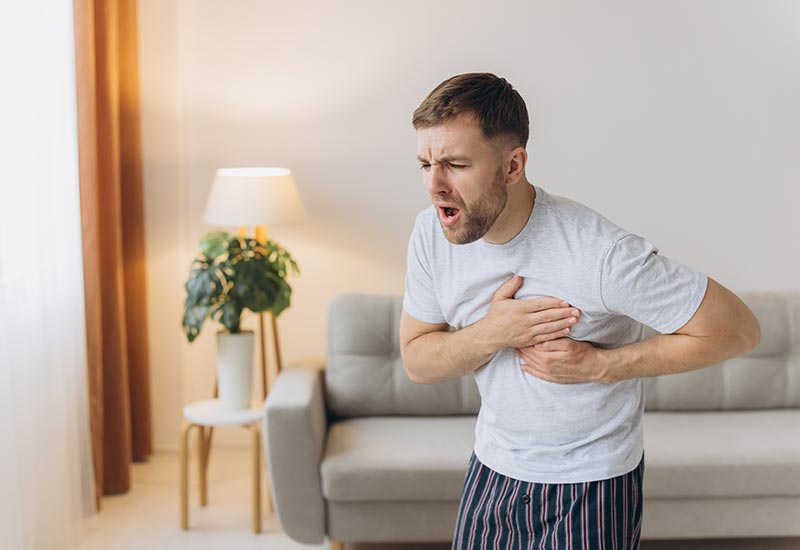
What is Buprenorphine?
Buprenorphine is a partial opioid agonist commonly used to treat opioid addiction or opioid use disorder (OUD). It can help someone with an opioid dependency manage cravings and other withdrawal symptoms caused by quitting opioids. It might also aid in relapse prevention once a person has successfully stopped using opioid drugs.
Even though it’s used to treat addiction, buprenorphine itself is considered a Schedule III controlled substance by the U.S. Drug Enforcement Administration. [4] It also carries the risk of abuse and addiction, but doesn’t create the same “high” as opioid drugs. This makes them less risky in terms of developing a habit. Other opioids like oxycodone and fentanyl are considered Schedule II controlled substances.
Side Effects of Buprenorphine
Buprenorphine is associated with several side effects, including some serious side effects. Tell your healthcare provider right away if you’re experiencing any of the serious side effects of buprenorphine, or if common side effects are bothersome or persist for more than a day or two.
Common Side Effects of Buprenorphine
Common side effects of buprenorphine include: [5]
- Excessive sweating
- Constipation
- Nausea
- Vomiting
- Headache
- Insomnia
- Pain (anywhere in the body)
Serious Side Effects of Buprenorphine
Some of the more serious side effects linked to buprenorphine include: [6]
- Decreased heart rate
- Chest pain
- Trouble breathing
- Lightheadedness
- Low cortisol levels
- Jaundice
- Opioid withdrawal symptoms
- Serotonin syndrome (symptoms can include agitation, hallucinations, fever, sweating, shivering, fast heart rate, muscle stiffness, twitching, loss of coordination, nausea, vomiting, or diarrhea.)
Some people may have an allergic reaction to buprenorphine, which should be considered a medical emergency.
Who Should Avoid Buprenorphine and Sublocade?
Buprenorphine and medications that contain buprenorphine, such as Sublocade, are not for everyone. Ask your doctor if you should avoid these medications if you have: [7]
- Heart problems
- Trouble urinating
- Adrenal gland problems
- Latex allergy
- A mental health condition
- Alcoholism
- Sleep apnea
- Respiratory problems
- Electrolyte imbalance
- Gallbladder issues
- Thyroid problems
- Liver disease
- Kidney disease
- Enlarged prostate
Buprenorphine may be used during pregnancy and breastfeeding when the benefits outweigh the risks, but Sublocade is not recommended during pregnancy due to lack of safety data.
Dangerous Drug Interactions
People who drink alcohol or take certain medications, like the ones listed below, should also avoid Sublocade or any other drug that contains buprenorphine: [8]
- Muscle relaxers
- Allergy medications
- Sleep medications
- Sedative benzodiazepines like Xanax or Valium
- Antidepressants
- Migraine medications
- Medications for Parkinson’s disease
- Medications for motion sickness
About Opioid Use Disorder (OUD)
Opioid use disorder refers to a dependence on opioids such as oxycodone, morphine, codeine, or fentanyl. These medications are often prescribed for pain relief, but some people also feel a sense of euphoria after taking opioids. They may continue taking them to achieve this “high” even if they no longer need them for pain relief. Other people get addicted to opioids by taking them recreationally.
Signs and Symptoms of Opioid Use Disorder
If you or a loved one is experiencing any of the following signs and symptoms of OUD, you might consider reaching out to a substance abuse and rehabilitation counselor to discuss treatment options: [9]
- Having cravings for opioids
- Taking opioids even when they’re not needed for pain relief
- Needed a higher dose of opioids to achieve the same effect
- Experiencing withdrawal symptoms after not taking opioids for some time
- Spending a lot of time using opioids or recovering from them
- Unsuccessful attempts to stop using opioids
- Continuing to use opioids despite them causing problems at work, home, or school
- Using opioids in risky situations
Risks of Opioid Overdose
Opioids are highly addictive, and anyone can develop a physical dependence. Addiction to opioids is one of the greatest risk factors for opioid overdose. Other risk factors include: [10]
- Combining opioids with stimulants like amphetamines or methamphetamines
- Combining opioids with sedatives like benzodiazepines
- Taking large doses of opioids
- A previous overdose
- Injecting opioids
- Taking opioids again after stopping for a while
- Advanced age (i.e., over the age of 65)
- Medical conditions like HIV, lung disease, liver disease, or sleep apnea
Symptoms of an Opioid Overdose
An opioid overdose is considered a life-threatening emergency and can be fatal. Call 911 or seek emergency medical attention if you or a loved one has taken opioids and is experiencing any of the following: [11]
- Blue, purple, or pale fingernails or lips
- Cold, clammy skin
- Decreased heart rate
- Slowed or raspy breathing
- A gurgling or snoring sound coming from the mouth
- Very small pupils
- Vomiting
- Unresponsiveness
- Weak or limp limbs
If you have naloxone and know how to administer it, do so, but call 911 immediately after.
Treatment for OUD
Sublocade, a long-acting form of buprenorphine, is one of the treatment options for opioid use disorder, but there are others. Only a healthcare professional familiar with your situation can recommend treatment methods for OUD.
